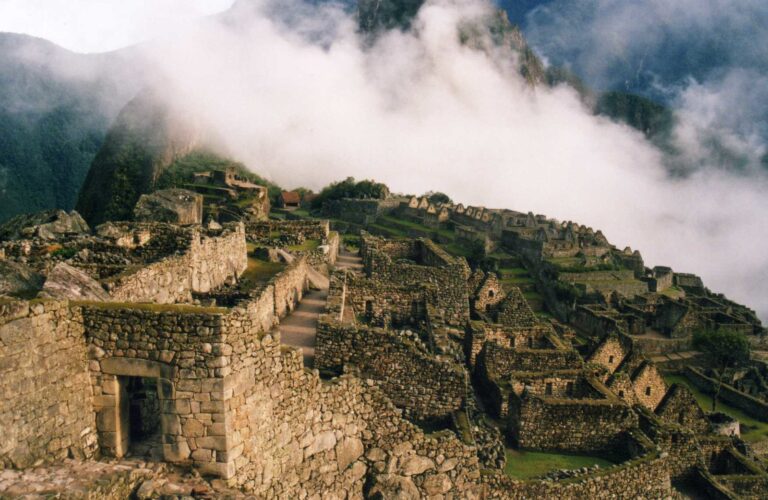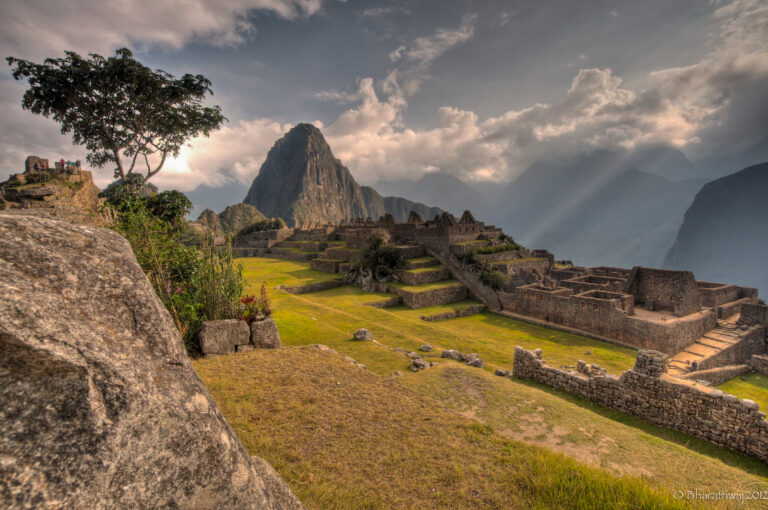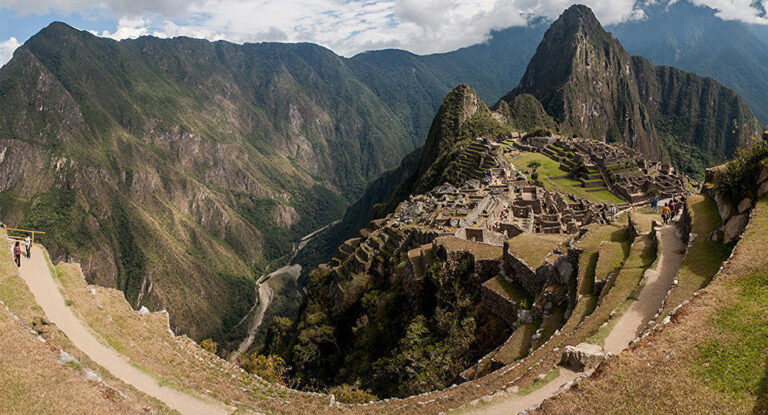✨ Unraveling the Enigma: The State of History and Archaeology at Machu Picchu 🏛️
Machu Picchu continues to captivate the world as a symbol of ancient ingenuity and mystique. Today, this iconic site is not merely an archaeological relic but a vibrant field of research where history and modern science converge. Recent investigations have pushed the boundaries of our understanding, revealing that Machu Picchu is a dynamic record of Inca civilization, woven with layers of cultural, environmental, and technological narratives. Multidisciplinary studies conducted by experts in history, archaeology, anthropology, and related fields have transformed the way we perceive this ancient city. By integrating new scientific techniques with traditional fieldwork, researchers are piecing together a more complete picture of how the site functioned in its prime, providing fresh insights into its construction, social organization, and ritual significance. This evolving state of knowledge not only deepens our appreciation for Machu Picchu but also invites modern explorers to reexamine the legacy of its creators.
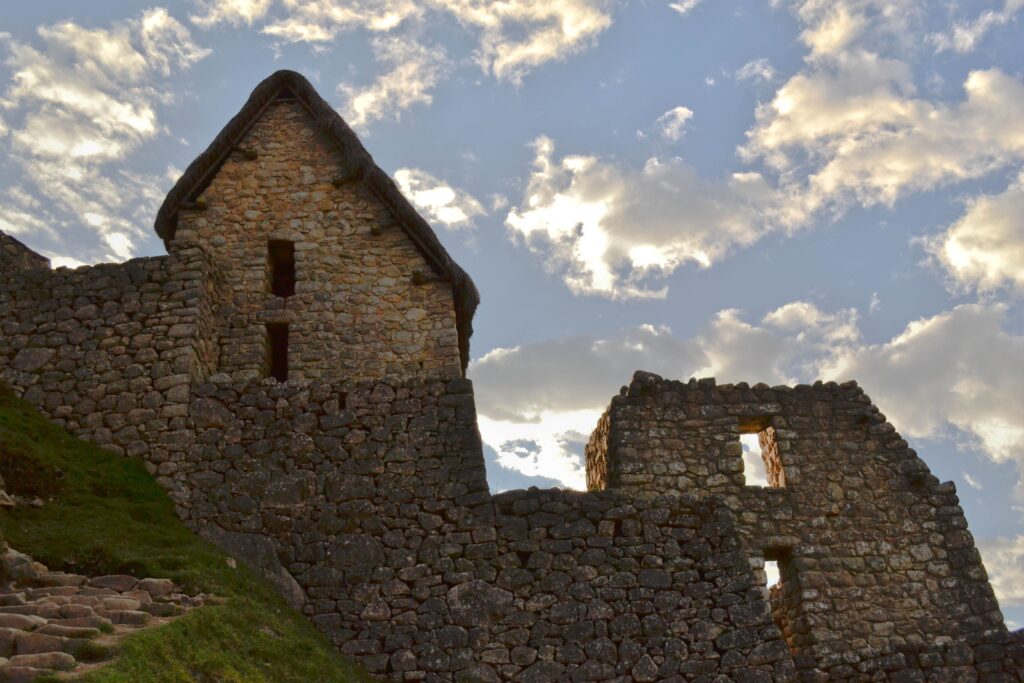
Cutting-edge methods such as remote sensing, radiocarbon dating, and geochemical analysis are reshaping our understanding of Machu Picchu’s past. These innovative approaches have uncovered subtle details about the daily lives of its inhabitants, the engineering behind its terraces, and the sophisticated urban planning that allowed this city to thrive in a challenging environment. The latest findings suggest that the site was a well-organized center where agriculture, water management, and ceremonial practices were intricately linked. What was once seen solely as a majestic ruin is now recognized as a bustling urban hub with complex social and economic networks. This new perspective underscores how the integration of scientific analysis with historical inquiry can unveil hidden aspects of civilization, enriching our collective narrative of human achievement in the ancient Andes.
Recent research has also shed light on the profound cultural significance of Machu Picchu, revealing it to be a space where natural elements and human design coexist in harmony. The ongoing studies highlight the importance of the surrounding landscape—its geology, hydrology, and biodiversity—in shaping the cultural practices and architectural choices of its builders. The interplay between the natural environment and human innovation is evident in the layout of the city, which appears to have been carefully aligned with astronomical events and topographical features. Such insights challenge earlier, more simplistic interpretations of the site and emphasize its role as a living monument to Inca wisdom and adaptability. As our understanding grows, Machu Picchu emerges not only as a marvel of stone and earth but also as a testament to the intricate relationship between culture and nature.
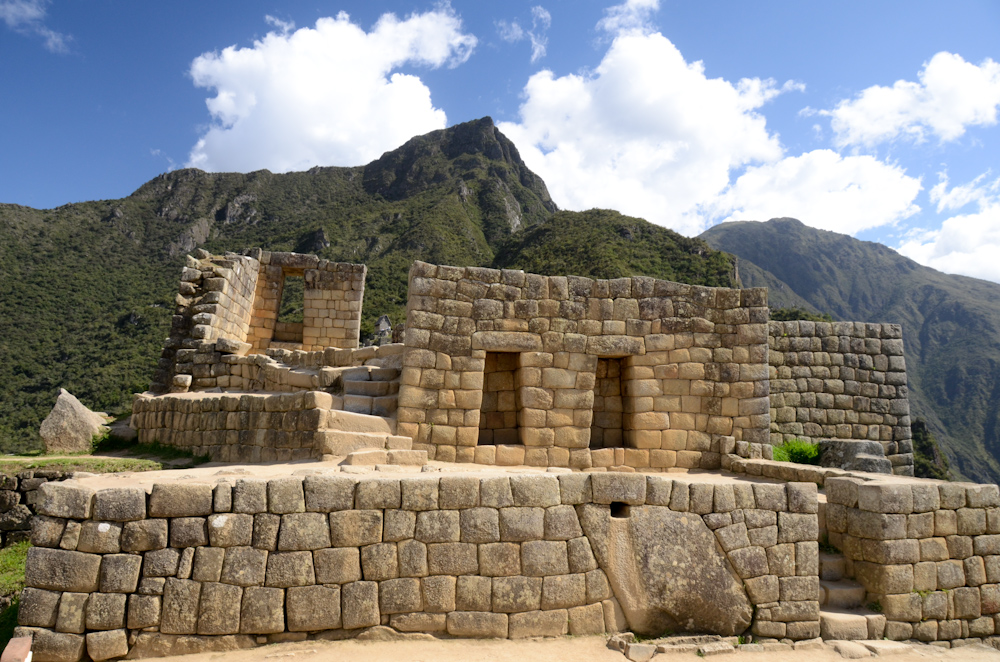
For travelers and history enthusiasts seeking a deeper connection with the past, these revelations offer an unparalleled opportunity to experience Machu Picchu on a profoundly personal level. Imagine strolling along ancient pathways while contemplating the sophisticated social and technological systems that once thrived here. The latest research invites us to see beyond the surface beauty of the ruins and appreciate the complex narrative of human resilience and innovation embedded within each structure. To truly immerse yourself in this rich historical tapestry, enhance your journey with our immersive audio guide. This expertly curated resource will lead you through the hidden corridors and stories of Machu Picchu, making every step a discovery of its timeless legacy. Embark on your own adventure and unlock the secrets of this extraordinary site—purchase your audio guide now.


